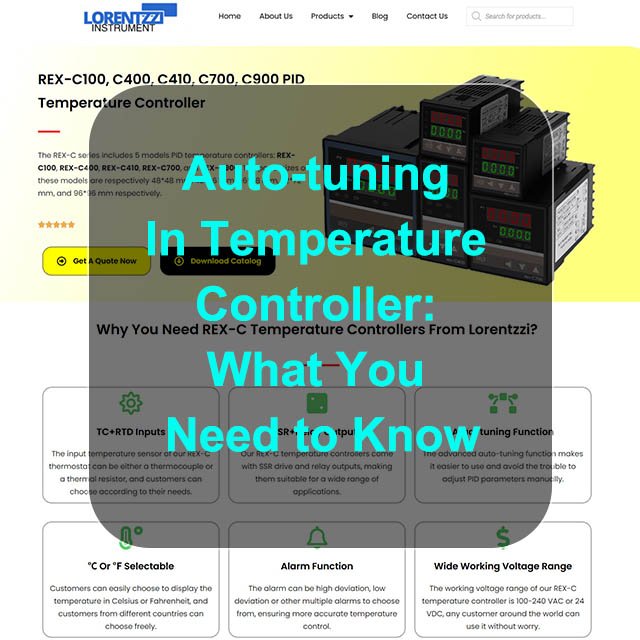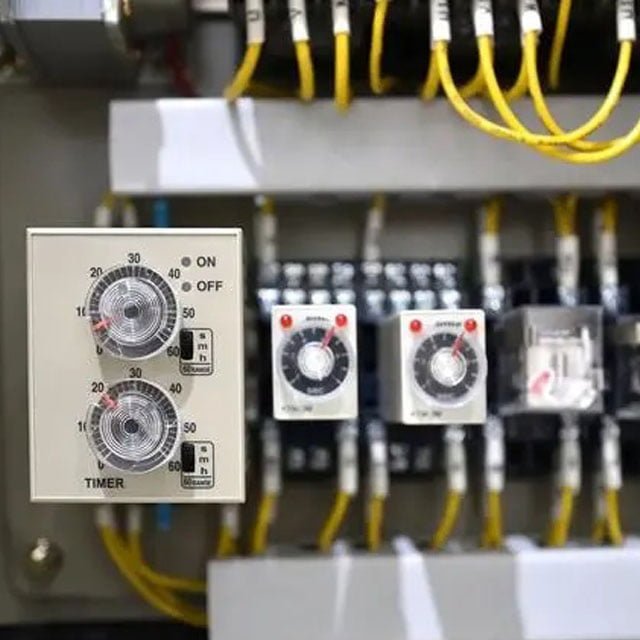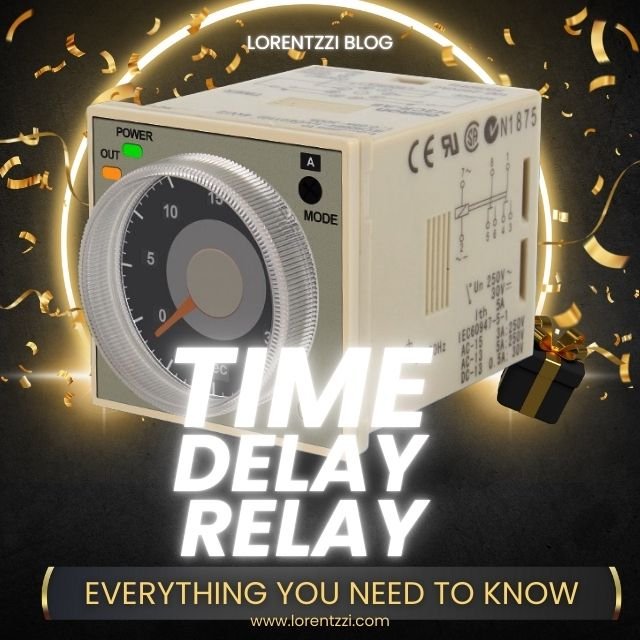When you operate a PID temperature controller by reading the user manual, you’ll often come across the term “auto-tuning”. But what exactly is it? And how does it work? Want to know everything about it? This article is the best choice for you to learn.
In this article, you’ll learn:
- What is auto-tuning in the PID temperature controllers?
- How does it work?
- Why is it so popular?
- Its functions and applications.
What is auto-tuning?
PID temperature controllers achieve precise temperature control by adjusting three parameters: proportional, integral and differential.
Its auto-tuning function can automatically calculate and adjust the optimal PID parameters according to the specific conditions of the heating or cooling system.
No manual adjustment is required, providing users with a time-saving and labor-saving control strategy.
For instance, the optimal P.I.D parameters might be 1, 2 and 3. Manually finding these parameters would involve a lot of time-consuming trials of different PID value combinations. Moreover, if the environmental temperature changes, users would have to re-adjust the PID parameters. In contrast, the auto-tuning feature can quickly and easily determine the best parameters in a very short time.
How does PID temperature controller auto-tuning work?
The PID temperature controller auto – tuning process consists of the following 4 steps:

Step 1: Set a trial temperature
For example, set the temperature at 50 degrees Celsius. When the self – tuning function is activated, the temperature controller will periodically energize and de – energize the heating device at a certain amplitude and frequency. During this process, the AT indicator on the temperature controller will keep flashing until the self – tuning process is completed.
Step 2: Analyze temperature-time curve
By analyzing the temperature – time curve, the temperature controller can calculate the dynamic parameters of the controlled object, such as time constant and dead time.
Step 3: Automatically calculate the PID parameters
Based on the calculated dynamic parameters, the temperature controller automatically determines the most suitable three parameters – proportional, integral and derivative – and saves these parameters to the temperature controller’s memory.
Step 4: Set desired temperature again
Set the desired temperature for control again. For example, if you want to maintain the temperature at 200℃, the PID temperature controller will use the auto-tuned PID parameters to control the heating element and keep the temperature at the set point.
How to turn on the auto-tuning of PID temperature controllers?
It is not difficult to enable the automatic tuning function of our TCN4 or TC5 PID temperature controllers. You can easily enable this function by following the following workflow:

The auto-tuning function of other brands of temperature controllers is similar to this, that is, find the AT code and adjust the OFF code to ON, or you can turn on this function according to their instructions.
If you still have difficulty in operating, you can contact us for help.
Auto-tuning significance

The thermal characteristics of different heating systems and process requirements vary greatly. For example, the thermal parameters of a small laboratory electric heating oven and a large industrial reflow oven are completely different, such as the heat conduction method, heat capacity, etc. The auto-tuning function allows the temperature controller to automatically adapt to various heating systems without the need for manual repeated trial adjustment of parameters.
This can significantly improve the temperature control accuracy. In scenarios where temperature accuracy requirements are extremely high, such as semiconductor lithography processes, small temperature differences will affect product quality. After self-tuning, the temperature controller can effectively resist temperature disturbances (such as ambient temperature and heating load changes) and stably maintain the temperature within the set value range.
Application example

A typical application is the auto-tuning used in the plastic injection molding process, the temperature control of the injection molding machine is very important. Different plastic materials and molding processes have different temperature requirements.
The PID temperature controllers’ auto-tuning function can quickly adjust to the temperature required by the new plastic material and molding process, saving the user the trouble of resetting the PID parameters after switching materials and adjusting the temperature, greatly simplifying the operation process.
Conclusion
For novice users, auto-tuning is a convenient way to adjust PID parameters. Through the self-tuning function, users can achieve precise temperature control without complicated operations.
Lorentzzi® PID temperature controllers are equipped with advanced auto-tuning functions. If you are looking for an easy-to-use PID temperature controller supplier from China, Lorentzzi is your best choice. Contact us or send your inquiry to shonxu@lorentzzi.com now to start cooperating together!







